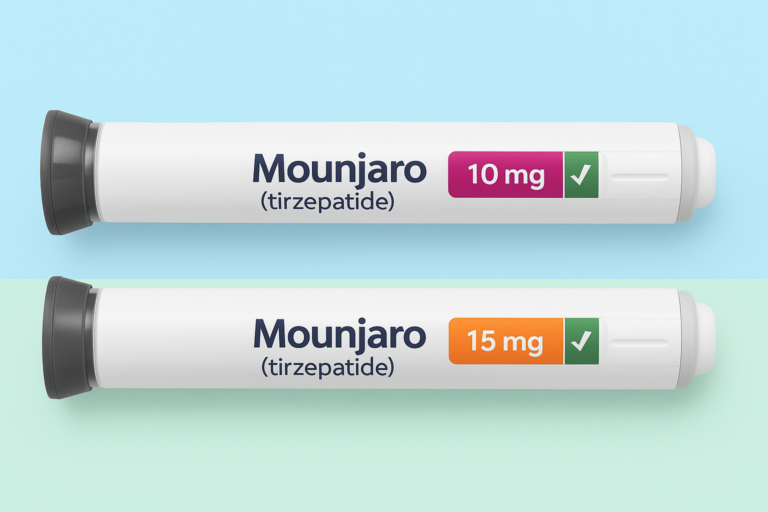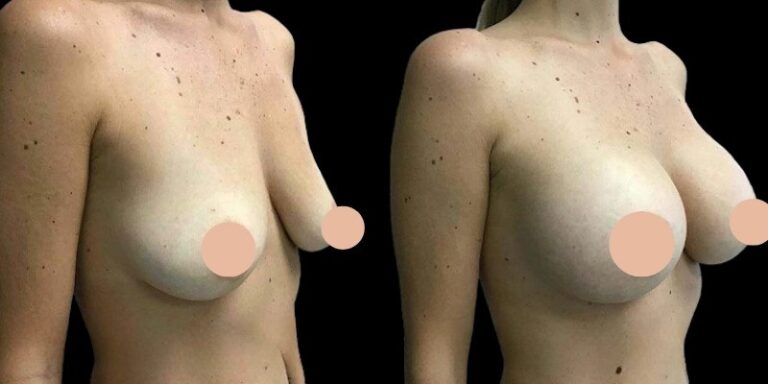Every household depends on clean water, but safe water isn’t just about treatment plants—it’s also about the pipelines that deliver it. That’s why engineers, contractors, and utilities around the world rely on PVC pipe for drinking water. It’s not only cost-effective, but also one of the safest and most reliable options for long-term water supply.
PVC Pipe and Public Health
Old metallic pipes often corrode over time. Corrosion can change the taste of water, reduce flow, and even introduce harmful elements into the supply. PVC for potable water plumbing avoids these issues completely.
PVC pipes are manufactured under strict safety requirements. Products that carry certifications such as NSF/ANSI/CAN 61 meet the standards of the U.S. Safe Drinking Water Act and equivalent international rules. Simply put, certified PVC pipes do not leach unsafe chemicals into drinking water.
Equally important is what PVC does not contain. There is no lead, cadmium, BPA, or plasticizers. The materials are transparent and continuously tested. Uni-Bell’s public health resource confirms these facts with third-party verification.
Corrosion-Free and Cleaner Water
Metal pipes rust. When that happens, water becomes discolored, the taste changes, and the inside of the pipe narrows. With PVC pipe for water supply, corrosion isn’t a concern.
The smooth interior surface of PVC also resists biofilm build-up. This means fewer bacteria can cling to the pipe walls. For communities and homeowners alike, the result is cleaner water and fewer maintenance problems over time.
Built to Last for Generations
Another major advantage of PVC is its durability. Properly installed PVC pipelines can last 50 to 100 years, and many existing systems already prove this in real-world use.
The jointing system is also reliable. Gasketed or solvent-welded joints remain watertight, minimizing leaks and protecting surrounding soil. Fewer leaks mean less water loss, lower repair costs, and better protection of public health.
Clearing Up Health Concerns
Some people worry about plastic pipes and water safety. Here are the facts:
-
PFAS Substances: These “forever chemicals” are not used in PVC pipe manufacturing and are not present in the product.
-
Vinyl Chloride Monomer (VCM): Testing shows levels are either non-detectable or far below health limits.
-
Taste and Odor: Certified PVC pipes do not alter the taste or smell of drinking water.
In short, modern PVC pipes meet or exceed health standards and remain one of the safest choices for potable water systems.
Practical Tips for Potable Water Plumbing
If you’re planning to use PVC for potable water plumbing, keep these points in mind:
-
Look for certification – Always choose products marked with NSF/ANSI/CAN 61 or equivalent approval.
-
Follow installation guidelines – Proper installation ensures leak-free and long-lasting performance.
-
Choose the right application – PVC is perfect for cold water supply, while CPVC is recommended for hot water.
FAQ
Is PVC pipe safe for drinking water?
Yes. Certified PVC pipes are approved for potable use and meet strict safety standards.
How long do PVC pipes last in water supply systems?
With proper installation, PVC pipelines can last 50 to 100 years or longer.
Does PVC affect the taste of drinking water?
No. Certified PVC pipes do not change the taste or odor of water.
Can PVC be used indoors for plumbing?
Yes, it is widely used for cold-water plumbing. For hot water, CPVC is the better choice.
Wrapping It Up
At the end of the day, choosing the right pipe is about more than just cost—it’s about protecting public health. With its proven safety record, corrosion resistance, and decades-long lifespan, PVC pipe for drinking water remains one of the best choices available.
By selecting certified products and following installation best practices, communities and homeowners can trust that their water supply will remain clean, safe, and reliable for generations to come.



